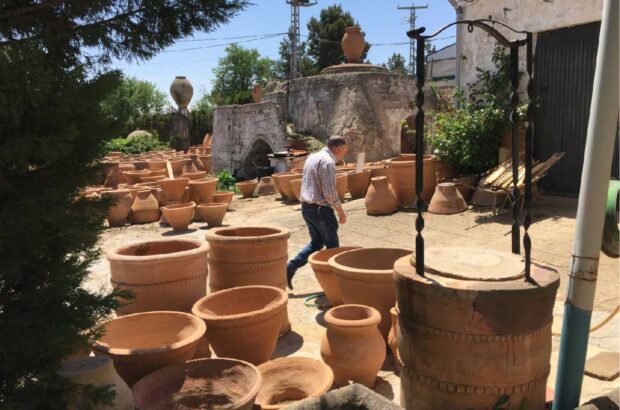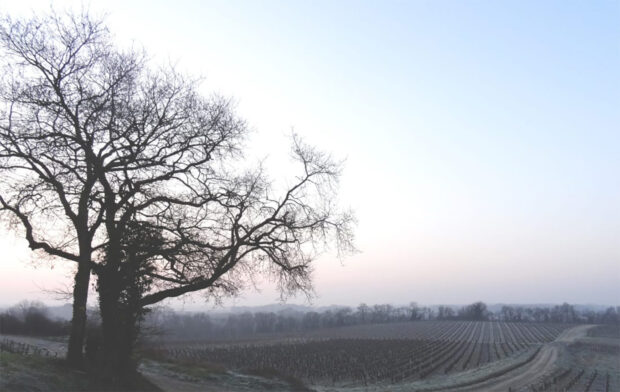Certainly, there are good reasons for buying en primeur for investment. According to Amanda Skinner of John Armit Wines: ‘It’s the only way to obtain certain great wines on release. Moreover, en primeur is usually (but not always) the cheapest price at which to buy these wines.’ As ever, the critical factors to take into consideration are quality, demand and price. With this latest Bordeaux 2000 vintage, quality is clearly outstanding. Producers, journalists and merchants have been singing its praises for months and are uniformly ranking it alongside 1990 and 1982. Plus it has the ‘added value’ of the magical 2000 number on the label. As Andrew Jefford poetically put it: ‘No vintage in our lifetimes will ever have the sonorous appeal of the millennial two and three noughts.’ As a result, demand is almost bound to be strong even if prices are on the high side.
Pricing it right
As I write, many en primeur prices have yet to be released, but US merchant Peter Morrell has already told decanter.com that, ‘the 2000 vintage will be a good investment’. In the UK, Farr Vintners is telling its customers that the vintage should be a good bet if prices are lower than the latest in-vogue vintage – currently 1996 – and around half the cost of the 1990s. If so, anyone securing the top, blue chip wines should expect to see reasonably strong returns over a five-year period. However, it’s important to remember that buying en primeur doesn’t always guarantee great returns. In some vintages, (1972, 1984 and 1997) less good wines were been overpriced by the châteaux and have dropped in value after release.
The future
Historically, even the sought-after wines from great vintages don’t always accrue immediately in value. Take the sensibly priced 1990s, which came out just before a recession and just after a string of top-class harvests. The wines then took quite a long time to move up in price and only really took off between 1994–96 when they trebled in value, largely because of Asian buyers fuelling demand, together with improved economic prosperity. In contrast, the 1995 wines took off almost immediately, partly because of strong demand and a dearth of great 1990s vintages. The same could happen with the Bordeaux 2000 vintage – if the prices are in the right ball park. Lastly, remember that buying en primeur can be a double-edged sword. The prices may be the best on offer but no one has a crystal ball to see into the future. No one knows exactly how these wines will turn out or what sort of vintages will follow. Plus there’s always the possibility that some unforeseen global catastrophe could be just around the corner. The more likely concern for novice investors, however, is that they could be swept up in the campaign excitement and end up buying the wrong wines. ‘It’s very easy to make a bad investment decision in the heat of the en primeur moment,’ says Winebid’s David Elswood.
Old hands
The alternative to buying en primeur is to purchase older, more mature vintages on the secondary market via merchant, broker or auction. While prices tend to be higher, many older vintages can still have very good investment potential with the usual proviso of picking the right wines at the right time and price. ‘With older, proven vintages you clearly have the added advantage of hindsight,’ says Elswood. Plus, the current fashion is for young wines with the result that some excellent, more mature Bordeaux vintages have been slightly overlooked by collectors. This is despite the fact some are now reaching maturity and corks are being pulled. Inevitably this can only reduce supply, at the same time increasing demand. Ergo, ultimately price. For instance, Gary Boom at wine brokers Bordeaux Index has his eye firmly on the best of the Bordeaux 1986s. ‘They are undervalued,’ he says. ‘You can buy them for the same price as the 1996s, which I think have hit their zenith for the time being. ‘To me these wines are the best buy around and they should be a good three to four year investment.’ There’s no question about it, the 1986 vintage is a very good one. Indeed, the main reason why it hasn’t risen more in value is because it is sandwiched between other great vintages (1982, 1989 and 1990) whose prices have overshadowed it.
No guarantees
‘At any given time, there are always older vintages that are overvalued and undervalued and they change from year to year,’ says David Elswood. He also suggests that currently the 1985s, 1988s and 1989s offer good buys (as well as the 1986s) for mid to long-term investment. For any new collectors who are looking to put together a balanced portfolio of young and older vintages, the best wines from these vintages must be the ones to target. In terms of buying and selling strategy, timing is critical. David Elswood knows a number of people who have actually lost money, even on their 1982 Moutons, because they bought at the top of the market and off-loaded when prices fell. In contrast, after the 1997 Asian crash, Sotheby’s Serena Sutcliffe MW noticed a number of canny buyers coming back into the auction rooms to pick up older wines at very keen prices which have now risen in value. ‘The old adage applies – buy in a bear market and sell in a bull,’ she says. ‘And always buy the right wines.’












